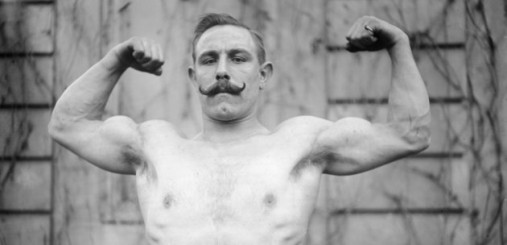“The average man today has less testosterone than his father, and his father has less testosterone than his grandfather.” Testosterone Replacement Therapy can fix this, said the radio. You can keep up with your hiking buddies again. You can keep up with your wife in the bedroom again. You, and, the radio implied, through you, we—the collective man—can reclaim masculinity.
I looked it up afterward (the generational decline, not the therapy). United States testosterone has fallen out of biological favor by twenty-two percent over the past two decades, according to a peer-reviewed study. Sampling started in the ’80s, when median testosterone levels marched in and reported at 501 ng/dL. The hormonal ranks had thinned to 435 ng/DL by the ’90s, and by the early 2000s, they had sunk to 391 ng/dL.The study identified potential culprits (or saviors) as population-wide weight gain, since body fat turns testosterone into estrogen; increased medication consumption, which influences endocrine systems; and decreased rates of smoking, which correlates with higher testosterone levels (the study stressed that regardless of hormonal impact, decreased smoking is a good thing). Even after adjusting for these three variables, however, follow-up analysis concluded that the testosterone decline “does not appear to be attributable to observed changes in explanatory factors, including health and lifestyle changes such as smoking and obesity.”
